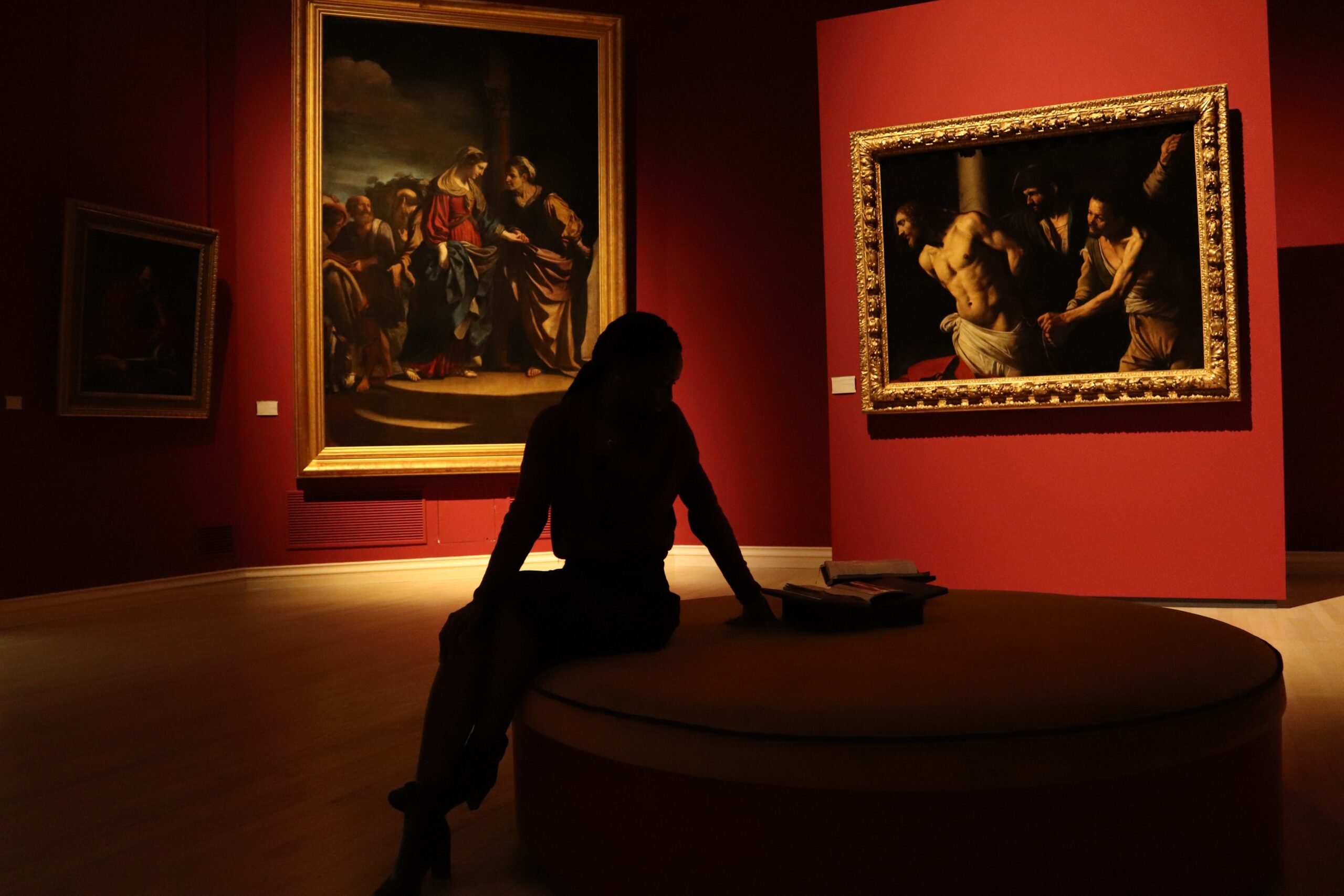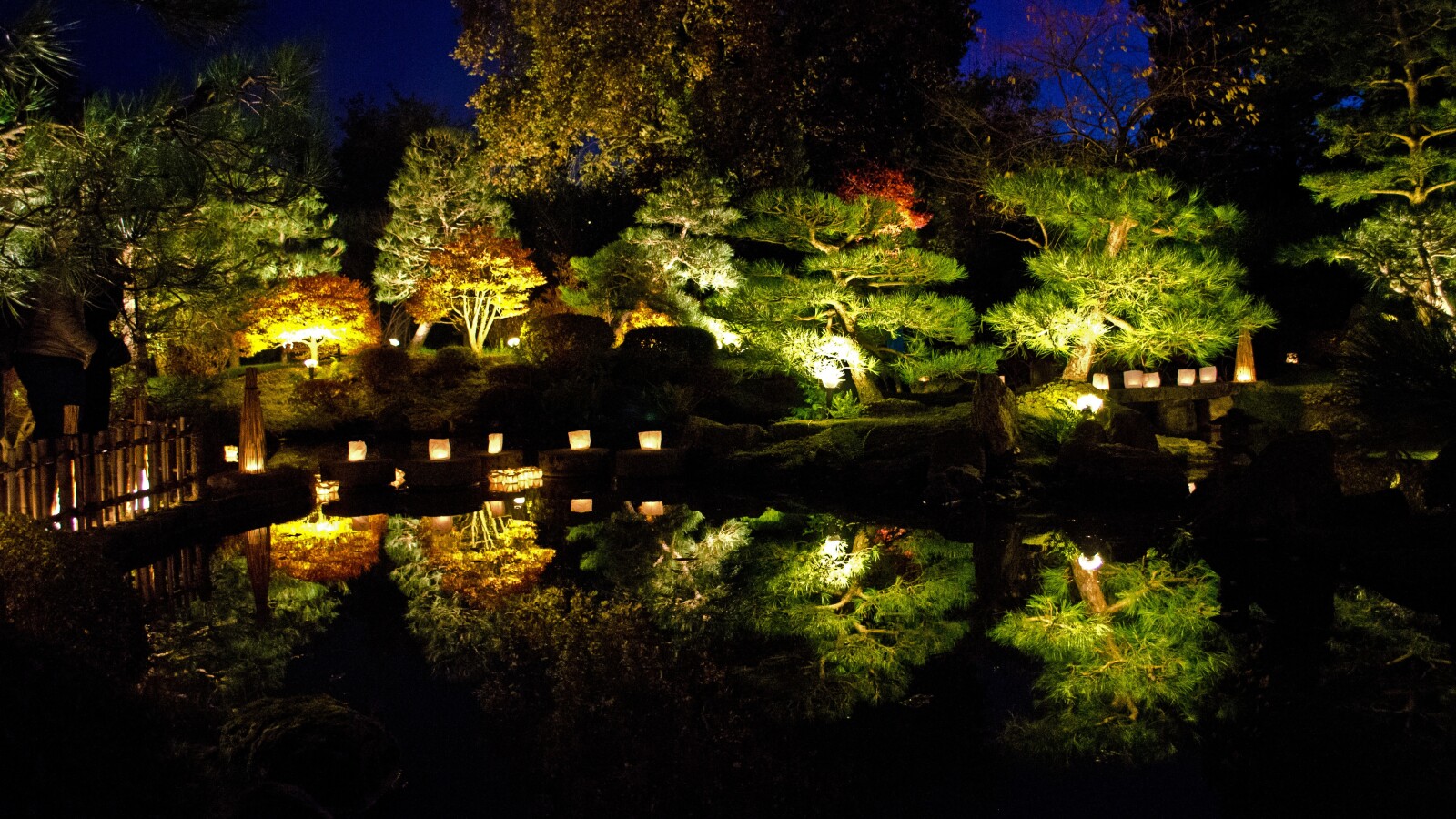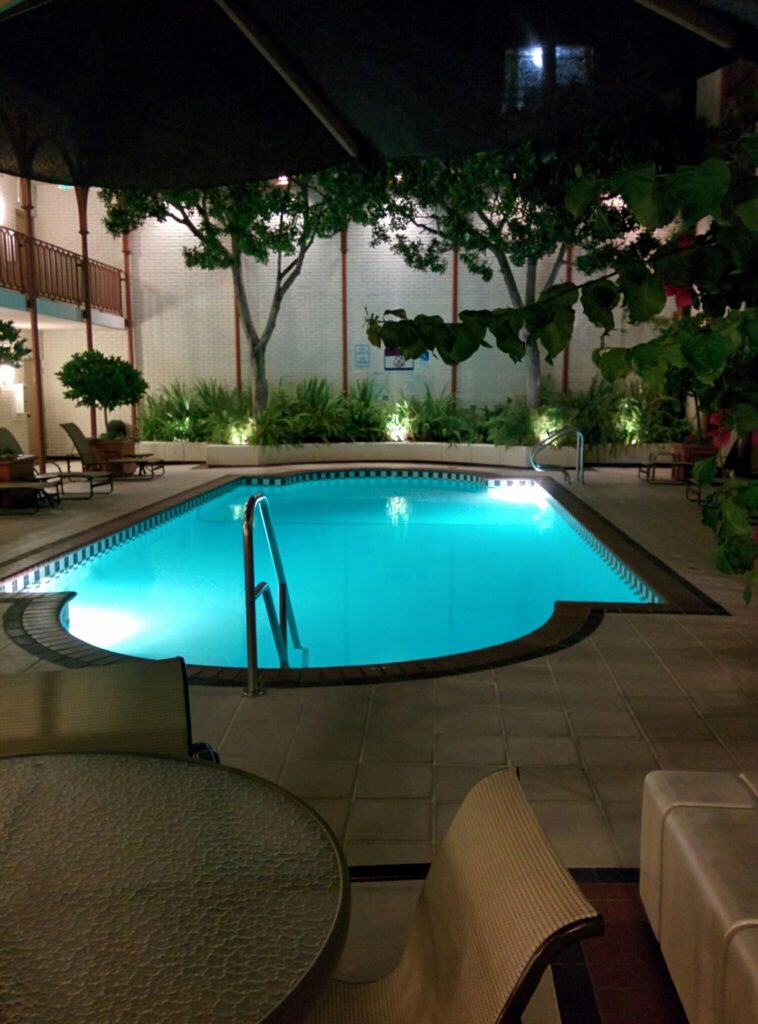Everything You Need to Know About Ambient, Accent, and Task Lighting
The most important thing to remember about lighting is that every room should have a good combination of ambient, accent, and task. The right balance will result in a room you want to be in and will make you feel comfortable.
Ambient, Accent, and Task Lighting
Ambient, accent, and task lighting is a concepts that can make your home feel more alive. Ambient lighting is the general light in a room, and it’s what you see when you walk into a room at night and don’t turn on any other lights. Accent lighting highlights an object or area of the room that would otherwise be hard to notice with only ambient light, like a painting or sculpture. Task lighting illuminates whatever task you’re doing in that area—reading a book, cooking dinner, working on paperwork at your desk—so it appears brighter than everything else around it.
What is Ambient Lighting?

Ambient Lighting
Ambient lighting is the overall lighting in a room. It’s the type of light that illuminates the entire room and provides general illumination, making it an essential part of any home or office space. Ambient lighting also helps you see where you’re going when moving around your home at night or after dark.
Because it doesn’t draw attention to itself, ambient lighting is often overlooked as part of any well-designed space—but we believe that ambient light should be considered both functional and beautiful since it provides a subtle glow to all areas of your home or workspace.
How to Light a Room with General Lighting?
You can use your general lighting to brighten up a room, but you may not want it to be the primary light source. For example, if you’re reading late at night in bed, it’s best to keep the overhead lights out and use a lamp for added illumination. However, general lighting is perfect if your main goal is to light up the room!
General lighting can take many forms; here are some ideas:
- Use an overhead light. These usually come in two styles: recessed cans mounted on ceilings or track lights hung from above. Both types provide ambient light that illuminates a large area evenly. They’re best used for larger rooms like living rooms because they cast shadows rather than directional beams of light onto walls and furniture like table lamps do (see below).
- Use floor lamps as accent lights under end tables or desks where they won’t distract from what’s being read or worked on by casting shadows across pages or computer screens; this kind of soft lighting mimics sunlight coming through windows without creating harsh glare like fluorescents do when too close together (try not to put them closer than six feet apart).
- Use table lamps next to seating areas such as sofas where people will likely sit down with books/phones, etcetera after getting off work/school; since these won’t be moved around often, they should have adjustable arms, so they don’t block doorways when opened fully but also remain within reach while seated comfortably on couches etcetera.”
What Is A Task Lighting
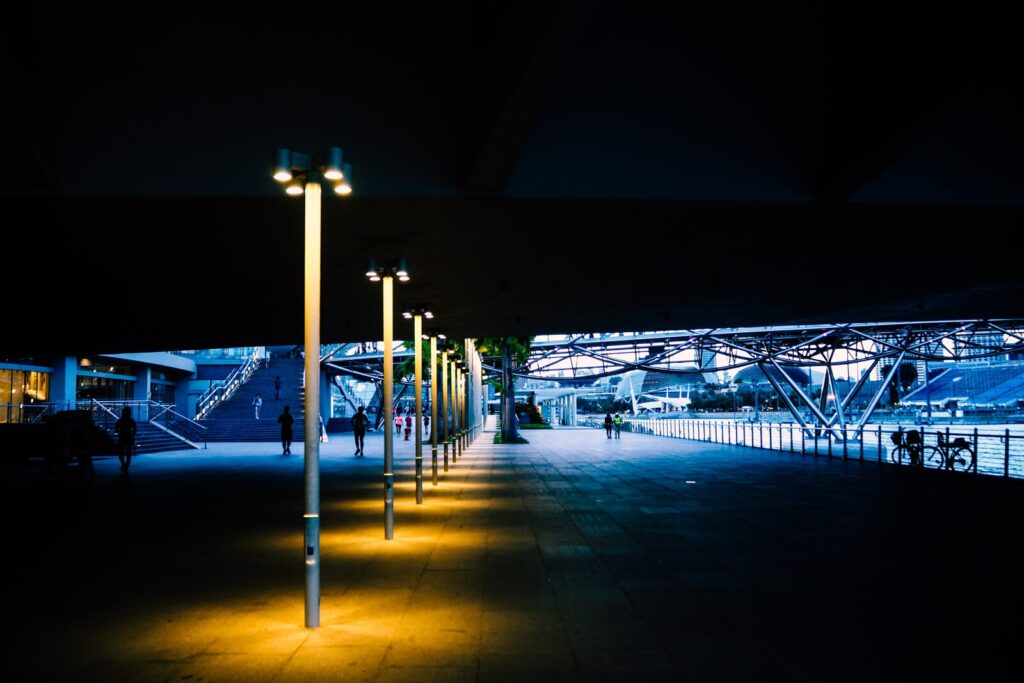
Task Lighting
Task lighting is focused light that illuminates a specific area. It’s used to improve visibility in a specific area and can be used to illuminate the workspace, reading area, or any other space you’d like to highlight.
How to Use Task Lighting?
Task lighting is a focused light source used to illuminate a specific area. Task lighting is essential because it helps you see what you’re doing and makes it easier to do things like reading, writing, or cooking.
You can use task lighting in your home or office for many different purposes, such as reading the news on your laptop at night or writing an essay for school. You can also use task lighting in the kitchen when cooking dinner or preparing food for yourself or your family members.
Many types of lights can be used for task lighting, including table lamps and floor lamps, which provide directional light from above (or below).
What is A Accent Lighting
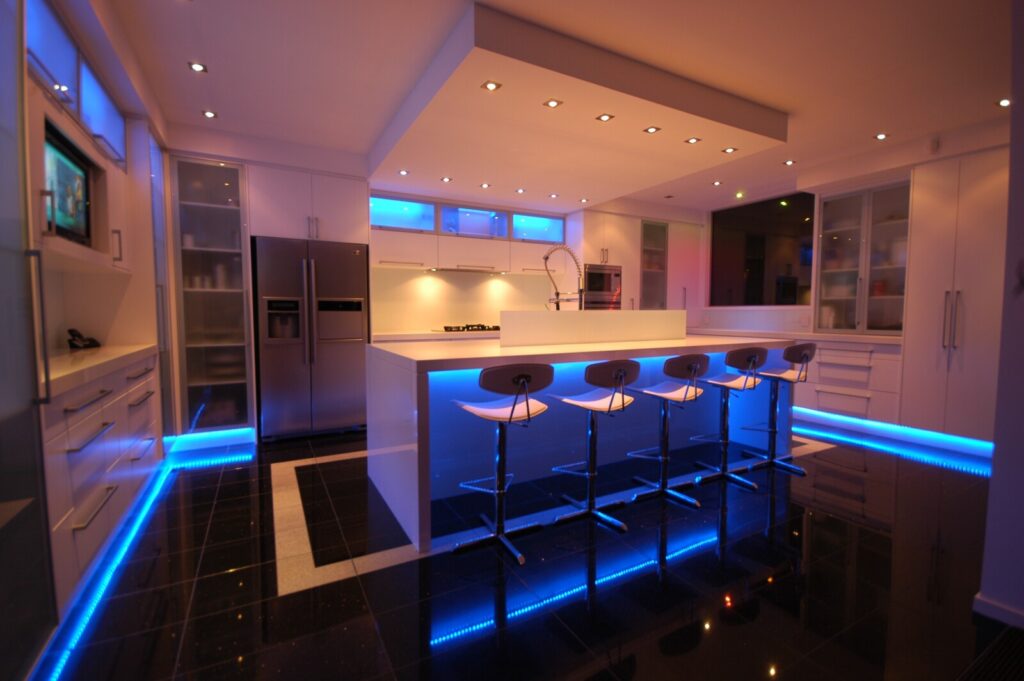
Accent Lighting
Accent lighting is a great way to draw attention to a specific area in your home. For example, consider the lamp on this coffee table and how it draws the eye towards it.
This type of lighting can also highlight artwork or other pieces in your home. If you’ve got a wall too big for one light fixture, adding some accent lighting will help create depth and give definition to all corners of the room.
How to Use Accent Lighting?
Accent lighting draws attention to a particular area of your home. It can highlight a piece of art or furniture, create a focal point in your home, or create a cozy atmosphere.
Accent lights are generally placed on the floor or wall and shine up at an angle towards the ceiling. This will give off light from multiple sides, creating more depth and dimension than traditional task lighting would provide.
Suppose you’re unsure where to begin with accent lighting; try placing one in each corner of a room! You can also place them out on display shelves so that they show off your favorite accessories while illuminating areas underneath them that might otherwise go unseen without additional illumination (such as bookshelves).
Use these three different types of lighting to achieve the perfect balance in your home.
Ambient, accent, and task lighting have respective uses in a home. Ambient lighting creates a sense of comfort and space in your living quarters, and accent lighting helps draw attention to specific features like artwork or flooring. Task lighting illuminates areas you need to see clearly, such as reading or cooking.
Use all three types of lighting together to create the perfect balance in your home!
Conclusion
With the right combination of ambient, accent, and task lighting, you can create a comfortable space perfect for any activity. Whether relaxing on the sofa or reading a book in bed, these lighting techniques will keep you happy and productive all day long!
